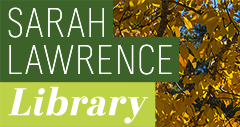Date of Award
5-2024
Document Type
Thesis - Open Access
Degree Name
MS in Dance/Movement Therapy
First Advisor
Elise Risher
Abstract
Spirals are fundamental to human existence–present in natural geological forms, skeletal and muscular pathways, and developmental patterns. Characteristics of the spiral in relation to the body include: spatiotemporal nonlinearity, the embracing of polarities and dismantling of binaries, grounded curiosity, “contra-lateral connectivity” and multidimensional integration and transformation. Nonlinear and spiralic temporality have been continually embodied, recorded, and practiced transgenerationally in Black, Indigenous, and queer communities as a form of resurgence, resistance, self-expression, building community and being in the world. How can embodying the spiral be a radical resistance to systems of oppression that continually isolate and disconnect people from one another and their bodies, serving as a bridge between dance/movement therapy and activism? The spiral is a critical and embodied framework that can bring about collective transformation, liberation, and interconnectivity through dance/movement therapy.
Keywords: spiral, dance/movement therapy, nonlinear, polarities, transformation, contra lateral connectivity, activism
Recommended Citation
van Rens, Lilah, "Embodying the Spiral: A Critical Framework for Returning to the Body through Dance/Movement Therapy" (2024). Dance/Movement Therapy Theses. 101.
https://digitalcommons.slc.edu/dmt_etd/101


